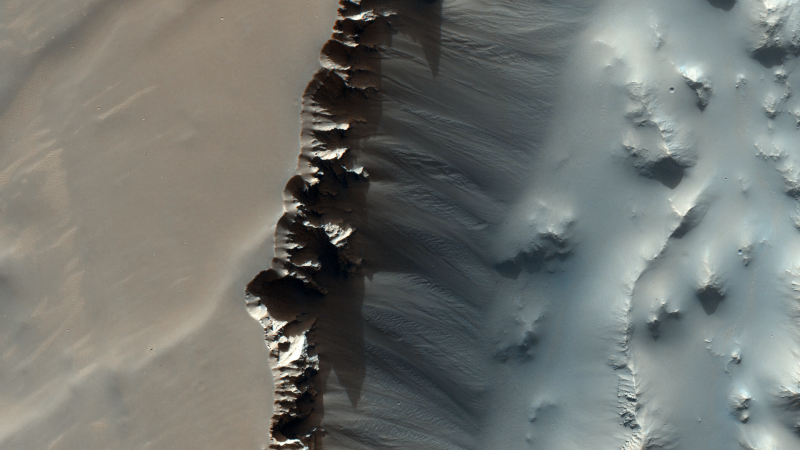
EarthSky 2022 lunar calendars now available! Order now. Going fast!
Rolling stones on Mars
The ESA/Roscosmos ExoMars Trace Gas Orbiter has returned some great images of the red planet. Including this one, a showing a portion of Noctis Labyrinthus (Latin for ‘the labyrinth of night’), a maze-like system of deep, steep-walled valleys. Here, the already amazing view of the valleys gets even better when you zoom in. Indeed, the European Space Agency said on January 14, 2022:
There’s more to this image of Mars than first meets the eye: nestled in the detail of the cliff face that cuts through this scene are signs of geology in motion. Zooming in reveals several boulders that have fallen from the cliff edge, leaving small dimples in the soft material as they tumbled down-slope.
The image was taken over the easternmost part of Noctis Labyrinthus at 265.8°E/8.70°S in the Phoenicis Lacus Quadrangle, near the intersection with Ius Chasma of Valles Marineris, the ‘grand canyon’ of Mars.
In addition, ESA said that the cliff-like feature running through the central portion of the image is part of a horst and graben (valley and range) system. For example, it has raised ridges and plateaus on either side of sunken valleys. The region, overall, is the result of ancient tectonic processes that pulled the planet’s surface apart.
Bottom line: An image from the ESA/Roscosmos ExoMars Trace Gas Orbiter shows a cliff-face on Mars. There are signs of boulders having rolled down the cliff.
Source: The European Space Agency
The post Rolling stones on Mars, seen from orbit first appeared on EarthSky.
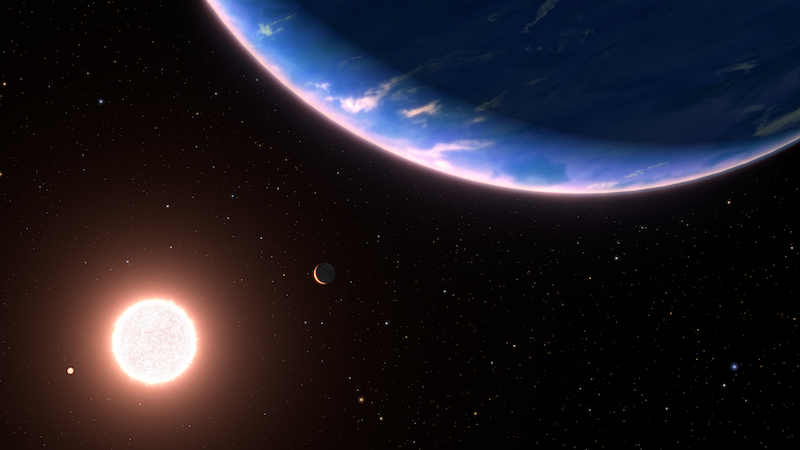



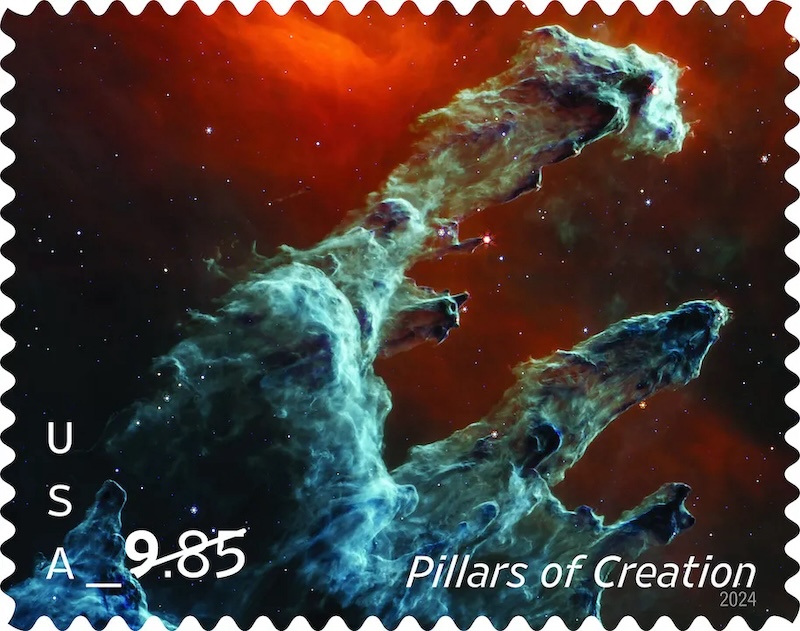


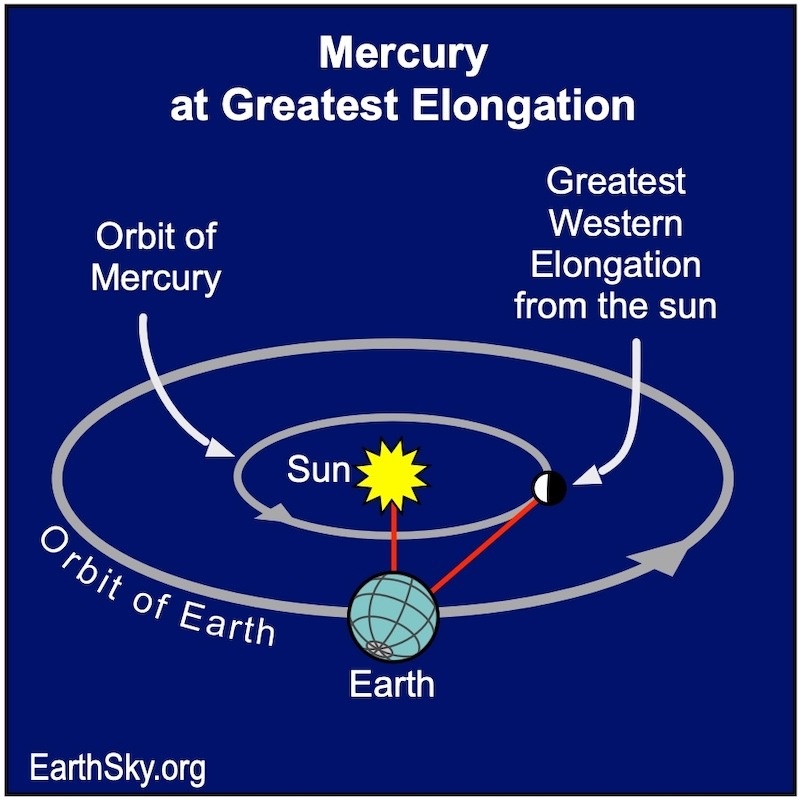
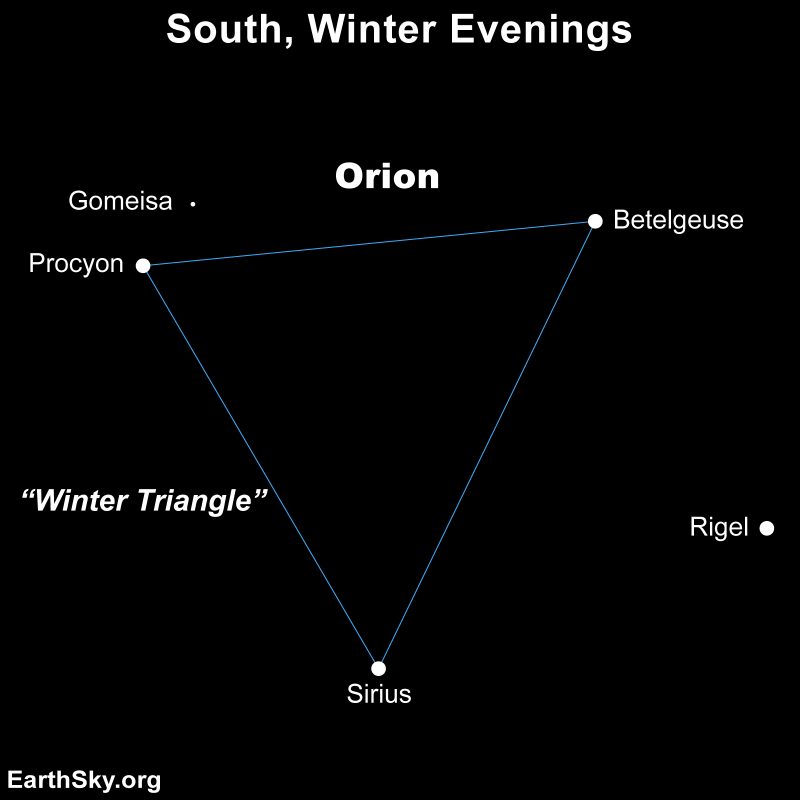
0 Commentaires